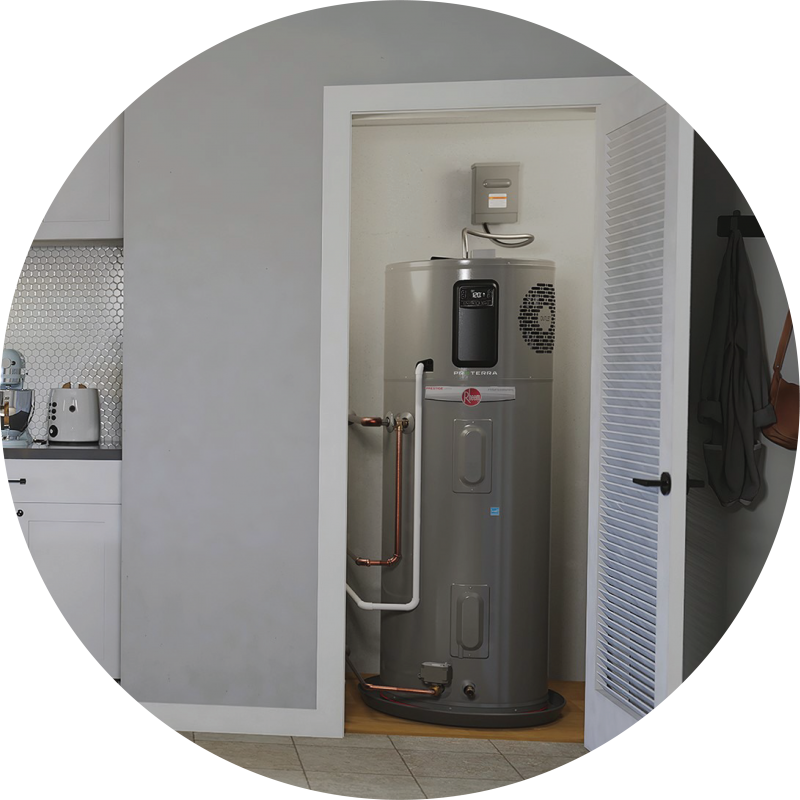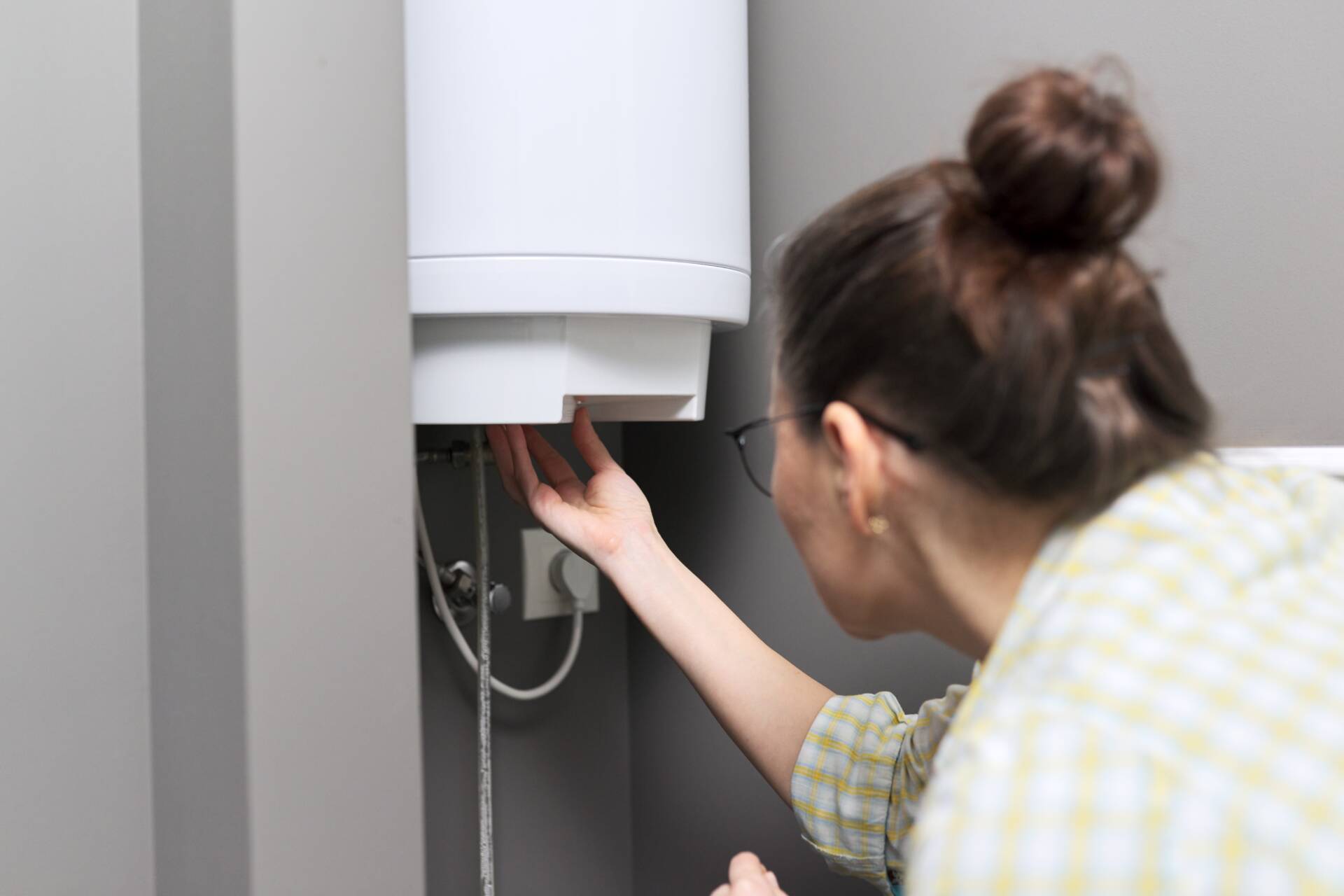Professional Tips for Caring for Your Home's Hot Water SystemStep-by-Step Steps to Maintaining Your Home's Hot Water SystemProfessional Guidance on Maintaining Your Home's Hot Water System
Professional Tips for Caring for Your Home's Hot Water SystemStep-by-Step Steps to Maintaining Your Home's Hot Water SystemProfessional Guidance on Maintaining Your Home's Hot Water System
Blog Article
This article down below involving How to Maintain a Hot Water Heater in a Few Simple Steps is exceptionally captivating. You should check it out.

Hot water is vital for daily comfort, whether it's for a revitalizing shower or cleaning meals. To ensure your warm water system runs effectively and lasts much longer, normal maintenance is essential. This post offers sensible ideas and insights on exactly how to keep your home's hot water system to stay clear of interruptions and pricey repair work.
Intro
Maintaining your home's hot water system may appear difficult, but with a few straightforward steps, you can guarantee it operates efficiently for years to find. This overview covers everything from comprehending your warm water system to DIY maintenance ideas and recognizing when to hire specialist aid.
Significance of Preserving Your Warm Water System
Normal upkeep not only prolongs the life expectancy of your warm water system but likewise guarantees it operates effectively. Ignoring upkeep can lead to decreased effectiveness, greater energy expenses, and even early failing of the system.
Indicators Your Warm Water System Needs Maintenance
Understanding when your hot water system requires focus can protect against significant concerns. Watch out for signs such as irregular water temperature, weird sounds from the heater, or rustic water.
Comprehending Your Warm Water System
Prior to diving right into upkeep jobs, it's practical to recognize the fundamental components of your hot water system. Normally, this consists of the water heater itself, pipes, anode rods, and temperature controls.
Month-to-month Upkeep Tasks
Regular regular monthly checks can aid catch small concerns prior to they escalate.
Flushing the Hot Water Heater
Purging your hot water heater eliminates sediment accumulation, improving efficiency and prolonging its life.
Checking and Changing Anode Rods
Anode rods prevent corrosion inside the container. Evaluating and changing them when worn is vital.
Checking and Readjusting Temperature Level Setups
Changing the temperature setups makes certain ideal performance and security.
DIY Tips for Maintenance
You can execute numerous upkeep tasks yourself to keep your hot water system in leading problem.
Looking for Leakages
Consistently evaluate pipelines and connections for leaks, as these can result in water damage and higher costs.
Examining Stress Alleviation Valves
Testing the pressure safety valve guarantees it functions appropriately and stops extreme stress buildup.
Shielding Pipes
Insulating warm water pipes lowers warm loss and can save energy.
When to Call a Specialist
While do it yourself maintenance is advantageous, some issues call for expert experience.
Complicated Issues Calling For Expert Help
Instances include significant leakages, electric problems, or if your water heater is regularly underperforming.
Routine Specialist Upkeep Perks
Professional maintenance can consist of detailed assessments, tune-ups, and ensuring conformity with safety criteria.
Verdict
Regular maintenance of your home's warm water system is necessary for performance, long life, and price savings. By complying with these pointers and knowing when to seek expert aid, you can make sure a reliable supply of hot water without unanticipated disruptions.
Water Heater Maintenance: The Basics
Maintaining your water heater will ensure it operates efficiently and has a longer lifespan. Neglecting regular maintenance can lead to costly repairs and an even bigger chunk of your savings if you have to replace it sooner than necessary. But there’s good news: Most water heater maintenance tasks are relatively simple and easy for homeowners with basic DIY skills.
Flush the Water Heater
Over time, sediment and minerals can build up in the tank, reducing its efficiency and potentially causing damage. To flush the tank, turn off the power or gas supply, attach a hose to the drain valve near the bottom and open the valve to drain the water until it runs clear. Ideally, flush the tank annually.
Replace the Anode Rod
The anode rod is a sacrificial metal rod that helps prevent corrosion inside the tank. Inspect and replace it every three to five years or per the manufacturer's recommendation. To replace the anode rod, turn off the power or gas supply, drain a few gallons of water from the tank, unscrew the old rod and replace it with a new one. If the anode rod is significantly corroded or covered in calcium buildup, it's a sign the water heater may need to be replaced soon.
Tune-Up
A yearly tune-up can help identify potential issues and ensure your water heater operates at peak efficiency. This typically involves checking the thermostat, burner assembly (for gas heaters) and any other components specified by the manufacturer. During a tune-up, the technician may also clean the burner and adjust the pilot light (for gas heaters) or examine the heating elements (for electric heaters).
How to Maintain Your Water Heater
Insulate the tank. Insulating the tank can improve energy efficiency and reduce heat loss, saving you money on energy bills. You can purchase precut insulation blankets designed specifically for water heaters or use standard fiberglass insulation wrapped securely around the tank. Check the temperature. The recommended water temperature for most households is around 120 degrees Fahrenheit (49 degrees Celsius). Higher temperatures can increase energy costs and potentially cause scalding. Use a kitchen thermometer to check the temperature at the faucet nearest the water heater. Monitor water pressure. Excessive water pressure can strain the water heater and cause leaks or even tank failure. Install a pressure-reducing valve if necessary. The ideal water pressure range is between 60 and 70 PSI (pounds per square inch). Test the temperature and pressure (T&P) relief valve. The T&P relief valve is a safety feature that releases pressure if the tank gets too hot or the pressure builds up too high. Test it annually by lifting the lever and allowing a small amount of water to release. Replace the valve if it doesn't release water or reseal properly. Check for leaks. Regularly inspect the tank, pipes and fittings for leaks or corrosion. Deal with issues promptly to prevent further damage. Even a small leak can lead to significant water damage over time. Consider a tankless water heater. If your traditional tank-style water heater is nearing the end of its lifespan ( typically 10 years), consider replacing it with a tankless water heater. These units heat water on demand, reducing standby energy losses and potentially saving you money on your energy bills. Schedule professional maintenance. While homeowners can perform many water heater maintenance tasks, it's still a good idea to schedule professional maintenance every few years. A plumber or HVAC technician can thoroughly inspect the unit, identify potential issues and ensure it operates safely and efficiently. https://www.homeserve.com/en-us/blog/home-improvement/hot-water-heater-maintanence/

We were made aware of that editorial about What Kind of Maintenance Do Water Heaters Need? from an associate on our other web address. Enjoyed reading our piece of writing? Please share it. Help other people discover it. I cherish your readership.
Get A Quote Report this page